Maybe add a little touch to make your wearable device more useful

Tencent Digital (Compilation: Bear) Tactile Technology is easy to implement reminders for news alerts, new emails, reaching fitness goals, and someone’s review of your Instagram photo sharing breakfast, but the technology is actually evolving. We can use ultrasound to simulate different tactile sensations for different targets, and force haptic vibrators are becoming smaller and more flexible.
This also means that there will be a very bright future. Not only smartphones and tablets rely on this technology, but also display screens and digital interfaces are equipped with this technology to make the wearable devices more and more powerful. It not only saves electricity, but also makes the interaction between users and technology more natural. In fact, the entire force haptic scene through the initial smartphone vibration prompts, the future will even develop into a very practical and more futuristic applications.
Vibration is the core
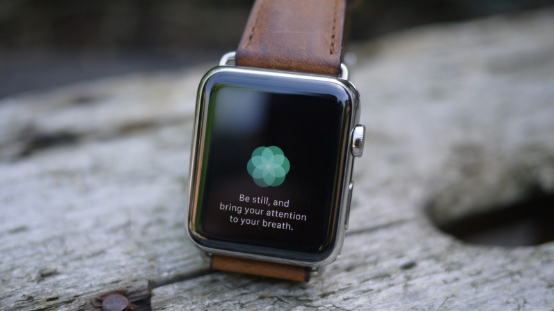
Tactile sensation has become the standard feature of many wearable devices such as smart watches, smart jewellery, sports bracelets, and Apple has improved the technology on the Apple Watch, with a new force haptic engine that can provide more subtle Feedback and vibration are more perfect than the experience brought by competitors.
In the upcoming officially released watchOS 3 system, Apple will further promote this technology. Breathe Deep Breath Instructive Applications, for example, help users decompress through breathing, while using a force-thrust engine can provide more subtle tactile sensations when the body inhales and exhales. This kind of feedback allows us to achieve true decompression, not just exhale.
Although this is not a breakthrough technology, Apple has more skillfully used force-tactile technology and is more interesting to use on wearable devices without changing its core design. However, Samsung will not be surprised if we further dig deeper into the Touch S3 on Samsung’s upcoming Gear S3.
Not just your hands
In addition to what we think of applications on smart watches, some companies are not limited to the display screen, but further expand the scope of application.
For example, Soundbrenner company invented a wearable metronome named Pulse, which can use force touch to allow the wearer to experience rhythmic vibrations through the skin, not just the traditional metronome ticking. The Doppel smartwatch is another example of tactile beats. It is a clever reminder to monitor the user's emotions, allowing the wearer to experience more plentiful or slow calm.
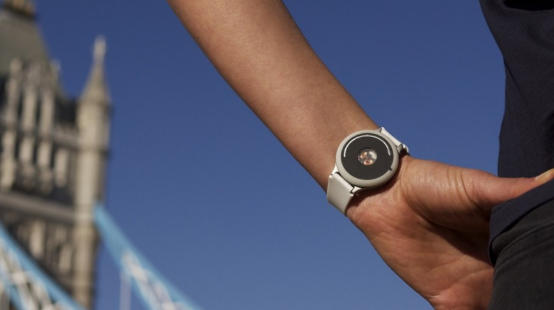
Take Moment is another example. This is a smart watch wearable device. Navigation is achieved through force-tactile technology. The correct direction and left and right turns are all different types of vibration. When there is a new message, it is also the same. Different ways of vibration. To know that when you ride a bike, it is much safer to alert the user by looking directly at the direction of the vibration.
The Tactic experiment project has expanded the use of force-tactile technology. Inventor Steve Hoefer brought the technology to the blind person with the environment and sensor ultrasonic pulses to detect the surrounding targets and alert the blind person with a slight click or vibration. , whether there are obstacles. And we see the UI from Chaotic Moon is the same principle.
For Lechal, as a company engaged in the development of insoles and footwear products, this technology can also help the blind to navigate. Sensors and vibrators mounted on the soles are connected to smart smartphones via Bluetooth, and GPS signals are used to turn obstacle reminders into specific vibration patterns.
Reduce volume and thickness
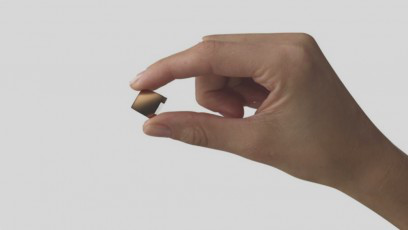
The force haptic technology is usually built into the insole or other clothing, there will still be restrictions on the volume and thickness. If you can further reduce the size of the vibrator, you can not take up too much space, it seems natural to wear. For example, the increase in weight of the iPhone 6s compared to the iPhone 6 mainly comes from the addition of additional force haptic engines.
And Novasentis tries to change this situation through tactile feedback tools. The company produced a thin film that can change shape, allowing the user to activate the feedback device with just one touch. Different pressures can achieve different feedback mechanisms.
This small and flexible sensor does not take up more space, it will not increase too much weight, and can even be embedded in the smart watch strap to achieve more interactive content. However, Novasentis will not begin mass production of this new product until the end of this year. In the future, we will see that it may be applied to intelligent clothing and even smart tattoos, and perhaps there are underwear with tactile technology in the future.
The use of more life
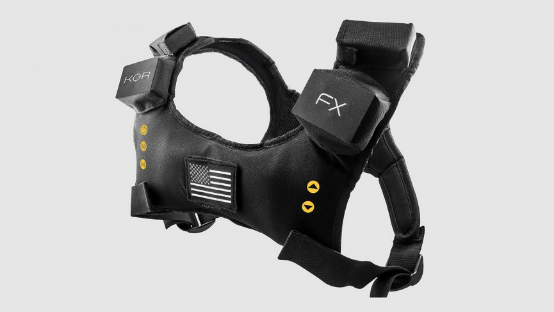
It can be said that smart clothing and accessories are the best application stage for force-tactile technology. The early example was from Nadi smart sports tights. It can use force tactile feedback to remind us to have the most standard posture during yoga or other exercise programs. . Once the built-in sensor detects that the user has made a wrong posture, it will be prompted by vibrations of different frequencies and intensities, as if it were a personal personal trainer.
In addition to sports, another area of ​​application is the game accessories, which translates the movements in the game into physical forces acting on us. Someone may remember the previous Rumble Pack game on the N64 console, which was one of the "origins" of Tactile Games. The Kor-FX Tactical Gaming Vest extends this application. Our chest will reverberate due to the explosion. When the gunfire hits your left, your left back shoulder will bear the main impact. The transducer embedded in the vest transmits the vibration of the game to a specific area of ​​the chest.
Make the game more attractive
In addition to allowing us to play quietly, virtual reality games have also added more tactile accessories to enhance the game's immersive experience.
Although HTC Vive and Oculus Rift can already provide force tactile feedback mechanism on the handle, the virtual reality game itself lacks tactile feedback on the whole body. It is necessary to know that sometimes the contact from the body is more realistic than the sight in front of the eye.
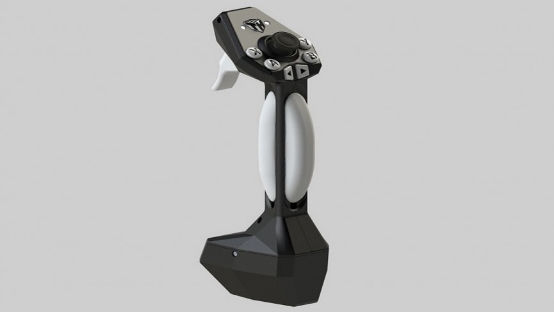
An example of this is the Tactical Haptics tactile feedback device, which has a new type of tactile feedback device inside that simulates the feeling of friction on the hand and makes you feel like you are holding it in a VR environment. Swapping on the surface of the device creates kinesthetic feedback. The player's grip becomes the reaction force of the tablet. As a result, when you live in an object, there are always several such forces. If there are enough drivers, you can simulate these feelings. This can make our interaction with virtual objects more attractive.
If you are moving in a more professional direction, take a look at Striker VR. Striker VR has developed a simulation game gun with recoil for virtual reality shooting games, which should be a big attraction for gun lovers. At the same time, it can simulate the real effects of firing different weapons, and even the simulation of bursts, bursts, and automatic shooting, as well as electromagnetic track guns, is even more fun.
Compared with Apple's launch of force haptic technology on wearable devices, these small startups fill gaps in the market segment and are more favored by niche users than wearable devices.
If by 2020, we use smart watches to manage emotions, use smart vests to remind exercise postures, and experience VR games that are as realistic as they are in real life, then you don't have to be surprised, thanks to Tactile Technology.
Source: wareable
Hp Pavilion 15-Cs 15-Cw,Hp 15-Cw Top Cover,Hp 15-Cs Palmrest,Hp Replacement Parts
S-yuan Electronic Technology Limited , https://www.syuanelectronic.com